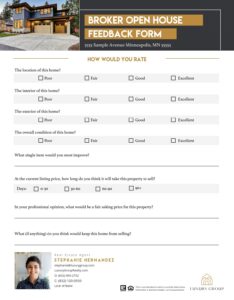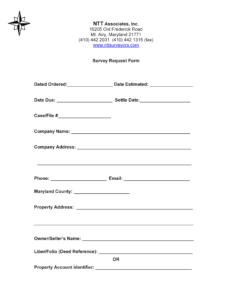Utilizing a formal structure for outlining necessary property improvements offers several advantages. It ensures clarity and avoids misunderstandings by presenting requests in a professional, organized manner. The process can help expedite negotiations by providing a concise list of concerns and desired remedies. Furthermore, such documentation creates a valuable record of communication for both parties, protecting their interests and providing a reference point for future discussions or actions.
The following sections delve into the key components of these documents, offering practical guidance on their creation and utilization, as well as exploring related topics relevant to the home buying process.
Key Components of a Repair Request Document
Effective communication is crucial when requesting repairs after a home inspection. A well-structured document ensures clarity and facilitates productive negotiations. Several key components contribute to a comprehensive and actionable request.
1. Property Information: Clear identification of the property address, buyer and seller names, and the date of the inspection is essential for accurate record-keeping and reference.
2. Inspection Report Reference: Explicitly referencing the original inspection report, including its date and the inspector’s name, links the request directly to the professional assessment.
3. Itemized List of Repairs: Each identified issue should be listed individually and described clearly. Vague descriptions can lead to misunderstandings and delays. Specificity is paramount.
4. Proposed Remedies or Solutions: While not always necessary, suggesting specific solutions, such as replacing a faulty appliance or repairing damaged roofing, can streamline the negotiation process. This provides the seller with actionable options.
5. Requested Action from Seller: Clearly state the desired action from the seller, whether it’s completing the repairs, providing a credit, or another form of compensation. Ambiguity should be avoided.
6. Deadlines and Timeframes: Establishing reasonable deadlines for responses and completion of repairs helps maintain momentum and prevents unnecessary delays in the closing process.
7. Contact Information: Providing clear contact information for both the buyer and their agent facilitates communication and ensures prompt responses to any questions or concerns.
A comprehensive request provides a clear framework for negotiation, ensuring both parties understand the issues and desired resolutions. This structured approach facilitates a smoother transaction and protects the interests of both buyer and seller.
How to Create a Repair Request Document
Creating a professional and effective repair request document involves several key steps. A well-structured document facilitates clear communication and efficient negotiation.
1: Gather Necessary Information: Compile all relevant details, including the property address, buyer and seller names, inspection date, and inspector’s contact information. Having this information readily available streamlines the drafting process.
2: Review the Inspection Report Thoroughly: Carefully examine the inspection report, noting all identified issues and their severity. Understanding the report’s findings forms the basis of the repair request.
3: Create a Clear and Concise List: Itemize each repair request individually, providing specific descriptions of the problem areas. Avoid vague language and prioritize clarity to minimize potential misunderstandings.
4: Propose Specific Remedies (Optional): Consider suggesting specific solutions for each identified issue. Offering potential remedies can expedite the negotiation process by providing the seller with actionable options. This may include suggesting specific contractors or repair methods.
5: State the Desired Action: Clearly articulate the desired action from the seller, whether it’s completing the repairs, offering a credit towards closing costs, or providing other forms of compensation. Direct and unambiguous language ensures clarity.
6: Set Reasonable Deadlines: Establish realistic deadlines for responses and completion of repairs. This helps maintain momentum in the transaction and prevents unnecessary delays. Timeframes should consider the complexity of the repairs.
7: Maintain Professional Tone: Employing a respectful and professional tone throughout the document fosters a collaborative environment and facilitates constructive dialogue. Avoid accusatory or demanding language.
8: Review and Proofread: Before submitting the document, carefully review and proofread for any errors or omissions. Accuracy and attention to detail ensure a professional presentation and enhance credibility.
A well-crafted document provides a clear roadmap for addressing necessary repairs, fostering a smoother transaction process for all parties involved.
Navigating the complexities of real estate transactions requires clear communication and meticulous documentation. Standardized documents for requesting repairs after property assessments provide an essential framework for buyers and sellers to address identified issues. From outlining specific problems and proposed solutions to establishing timelines and desired actions, these structured formats promote transparency and facilitate efficient negotiation. Careful attention to detail, clear language, and a professional tone contribute to a smoother process, protecting the interests of all parties involved.
Proactive use of these structured requests contributes significantly to successful real estate transactions. Diligence in addressing property concerns before finalizing a purchase safeguards investments and fosters a positive buyer-seller relationship. Ultimately, utilizing established procedures strengthens the foundation for a successful and mutually beneficial outcome.



